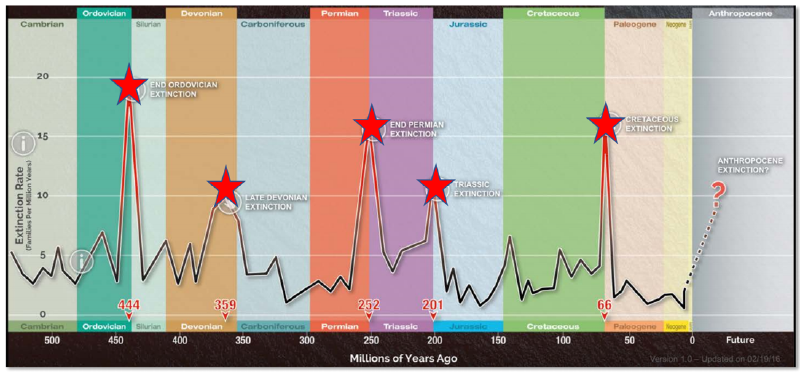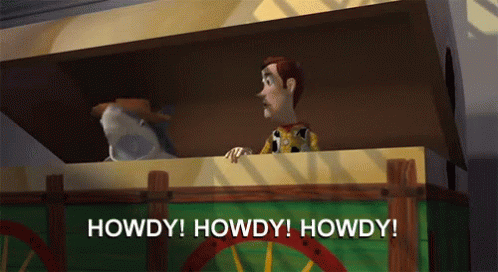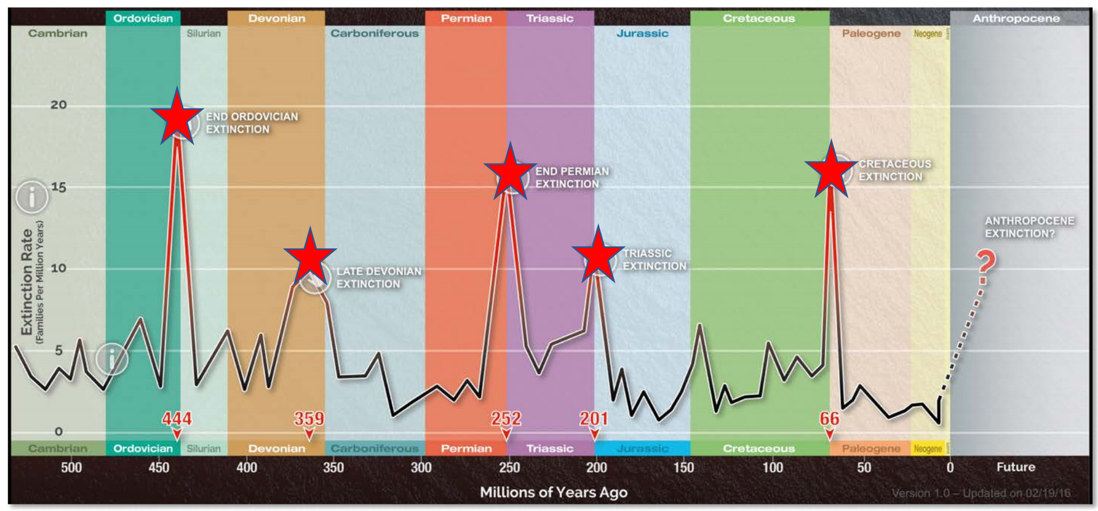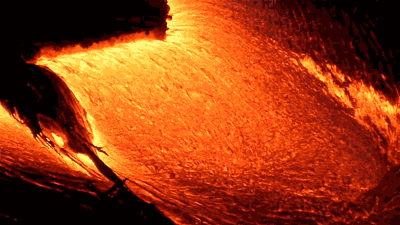WELL HOWDY THERE.
Welcome to another Daily Fun Fact From Flora.
We’re gonna have another look at one of those sexy extinctions ( sextinctions ? No that definitely sounds like something else )
If you remember this joyous timeline from yesterday we are now going to have a look at the middle star — the End-Permian extinction (that little Late Devonian one isn’t good enough for us I"m afraid). Sometimes known under the very jolly name of The Great Dying. Mmmm sounds like fun.
This took place about 252 million years ago and it was a BIG ONE .
It caused the extinction of over 90% of all species and recovery of the Earth took about 8 or 9 MILLION YEARS.
Yeah that’s quite a while.
Right now do you remember how last time there was an extinction because things got really bloody cold and glaciers locked up so much water that sea levels dropped by 100m ? Well we have a bit of a contrast in this one.
The End-Permian event hosted the HOTTEST conditions that this little planet has seen for the last 540 million years.
So Flora WHAT THE FUCK HAPPENED TO RENDER THIS BEAUTIFUL EARTH SUCH AN INHOSPITABLE FLAMING MESS !?!
Excellent question.
Well a lot of people think that the Siberian Traps were responsible. The Siberian Traps are a big ol" igneous province that started spewing out lava.
Now when I saw spewing out lava I don’t mean this
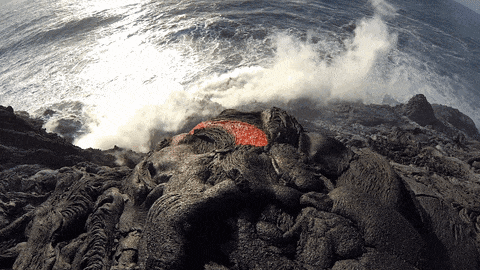
I mean like this — all over Russia.
Also isn’t that the most fucking calming thing you"ve ever seen? If you’re stressed — Google lava GIFs they are bizarrely soothing.
ANWAYS this lava started being spewed out and it just didn’t stop. There were 4 million m3 of material ejected by these volcanoes. Now that number doesn’t mean anything does it?
Well it’s the equivalent amount of lava that you would need to cover all of the UK in a 16km thick layer of molten-ass rock. Now this makes sense when you look at what the Siberian Traps actually look like.
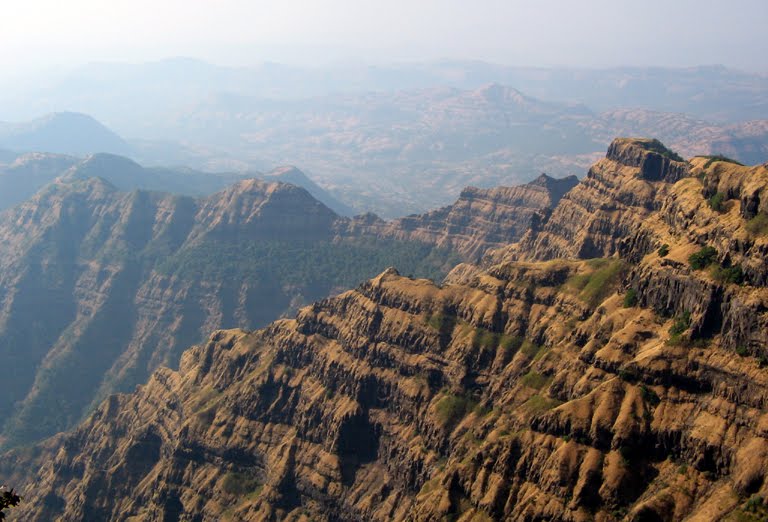
Look at all that igneous rock. Geologist’s wet dream right there.
Now — hold up a second. Yes volcanoes do release a lot of greenhouse gases BUT nowhere near enough to cause the increases in CO2 that we see in this time.
Ah yes. Well there is one small complication there. That is the fact that — not only did the Siberian Traps eruptlike crazy, they erupted through the petroleum and shale deposits that had been built up during the Cambrian and Proterozoic periods.
So you NOT ONLY have lava but you have lava BLOWING UP through LAYERS AND LAYERS of highly flammable fuels.

Not really so ideal.
This is what released over 100,000 gigatons of carbon dioxide through these massive “kilometre wide blow-outs” where huge areas of land would pretty much explode.
This caused ocean surface temperatures to increase by 5 C at the equator and over 15 C at higher latitudes. Such hot temperatures and the insane amounts of ocean acidification led to widespread ocean anoxia (no oxygen :( oops ) and huge loss of reefs. I mean tbh everything in the marine environment died.
So what happened next?! How did the world recover?!
We marine ecosystems were first replaced by these things called stromatolites which are basically microbial mats and a few disaster taxa , such as bivalves (the molluscs that have two shells — so clams, oysters, mussels etc). You can still see stromatolites in places like Shark Bay in Australia and they look like this.
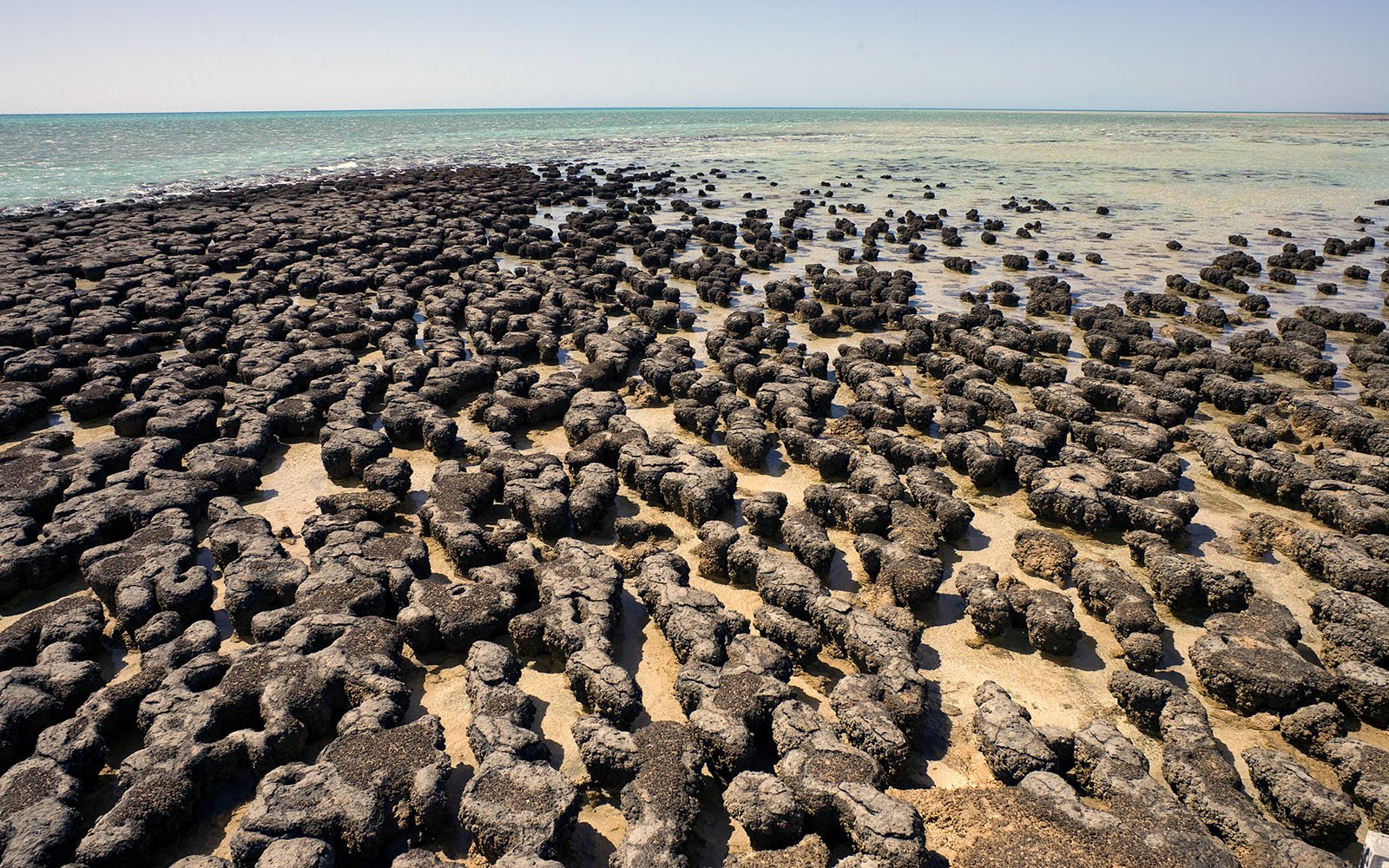
Weird eh?
So for this extinction there were some land animals and surprisingly enough — some of them did manage to survive. The devastated land was mostly inherited by a group of small herbivores called Lystrosaurus , meaning “shovel lizard” (I love it too), probably because it could burrow.
There were also some small pioneer plants, like a group called Pleuromeia , which called dense thickets that the Lystrosaurus would be able to feed on. This is what things might have looked like post-extinction.
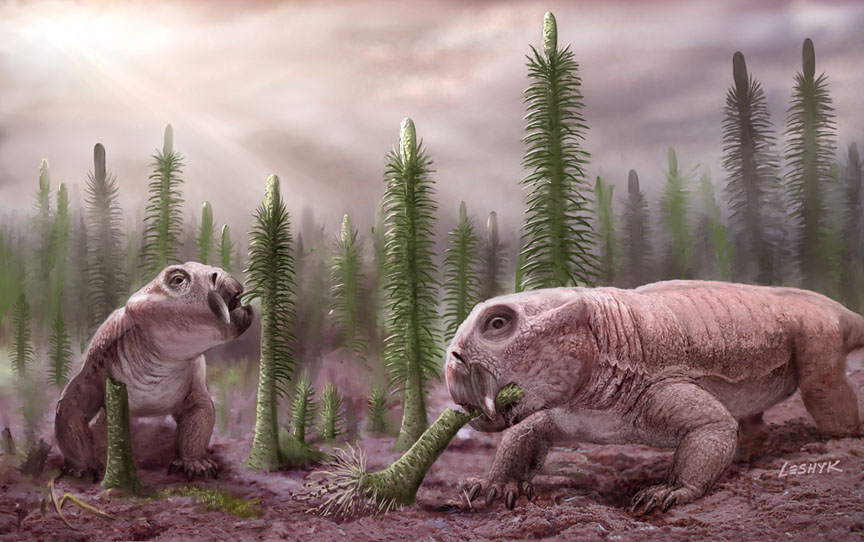
Makes corona look like a doddle doesn’t it.
Now there’s a very cool pattern that you tend to see after extinctions which is that most of the taxa is pretty small. Makes sense — if there’s less of you it’s easier to survive because you need less food and you can shelter more easily. Also you’re more likely to have a rapid life cycle that helps your populations recover.
This is known as the Lilliput effect named after the island of Lilliput in Gulliver’s Travels which is inhabited by a miniature race of people.
But things did take a LONG ASS time to recover.
See you on Thursday for the next (and final) big extinction. Of course tomorrow is Wednesday’s What Was the World Doing Ages and Ages Ago so we will take a break from all this extinction for that. Get excited things are getting sexy again.
Lots of love to you,
Flora xx
